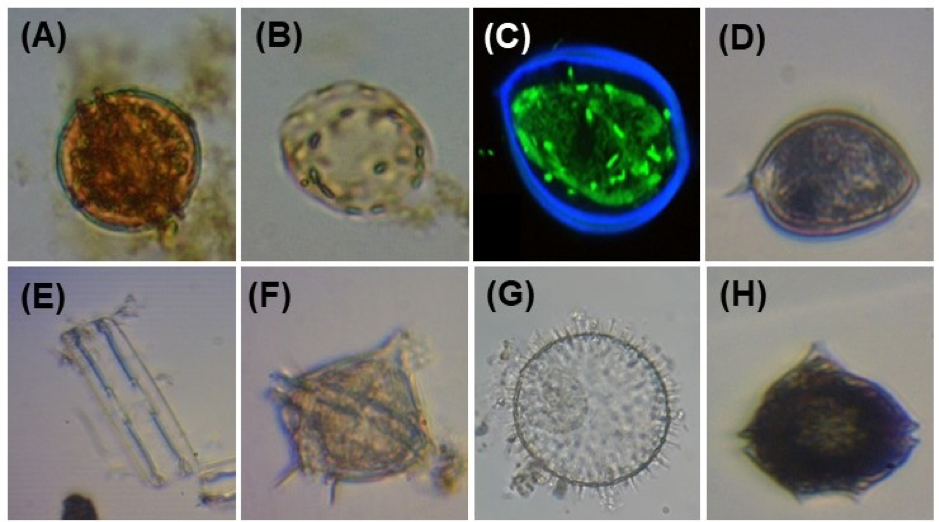VOLUME 12 NUMBER 2 (July to December 2019)

Philipp. Sci. Lett. 2019 12 (2) 157-166
available online: November 30, 2019
*Corresponding author
Email Address: dfonda@msi.upd.edu.ph
Date received: June 05, 2019
Date revised: October 03, 2019
Date accepted: November 19, 2019
ARTICLE
Summer phytoplankton community structure and distribution in a mariculture-affected coastal environment
by Ritzelle L. Albelda1, Daniel John E. Purganan1, Norchel Corcia F. Gomez1, Bienson Ceasar de Vera Narvarte1, Paolo Carlo Calalang1, Tom Gerald T. Genovia1, Erika Grace M. Gernato1, Karen Grace V. Bondoc2, Maria Lourdes San Diego-McGlone1, and Deo Florence L. Onda*1
1The Marine Science Institute, P. Velasquez Street,
University of the Philippines Diliman, Quezon City, Metro Manila,
Philippines, 1101
2Department of Marine and Coastal Sciences,
Rutgers University, New Brunswick,
NJ 08901-8521, USA
University of the Philippines Diliman, Quezon City, Metro Manila,
Philippines, 1101
2Department of Marine and Coastal Sciences,
Rutgers University, New Brunswick,
NJ 08901-8521, USA
Many aspects of the ecological responses of phytoplankton communities toward environmental changes remain little understood. Here, the study investigated correlations of micro-phytoplankton communities across environmental gradients associated with mariculture activities during early (April) and late summer (May). Plankton and physico-chemical profiling of the upper surface waters were carried out in 16 stations from mariculture-affected areas inside the Guiguiwanen channel in Bolinao to non-mariculture areas outside the channel. Community beta-diversity clustered the phytoplankton based on the environments where they were collected, with most communities correlating with high temperature and nutrients (phosphate). Phosphate loading in the area resulted in low total inorganic nitrogen and phosphorus ratio coupled with a shift from a diatom-dominated community (84.8%; non-mariculture areas) to a harmful dinoflagellate-dominated community (41.5%; mariculture-affected areas). In addition, zooplankton were generally negatively correlated with phytoplankton, which could indicate grazing. Increase in heavy rainfall towards late summer (late May) was accompanied by increase in nutrients followed by a bloom of putative dinoflagellate Takayama spp. (99%), which coincided with a fish kill event inside the channel. This study shows that continuous intensive aquaculture activities could influence phytoplankton community structures, and in some cases, favor harmful algal bloom-forming species, thereby affecting ecosystem functioning.
© 2025 SciEnggJ
Philippine-American Academy of Science and Engineering